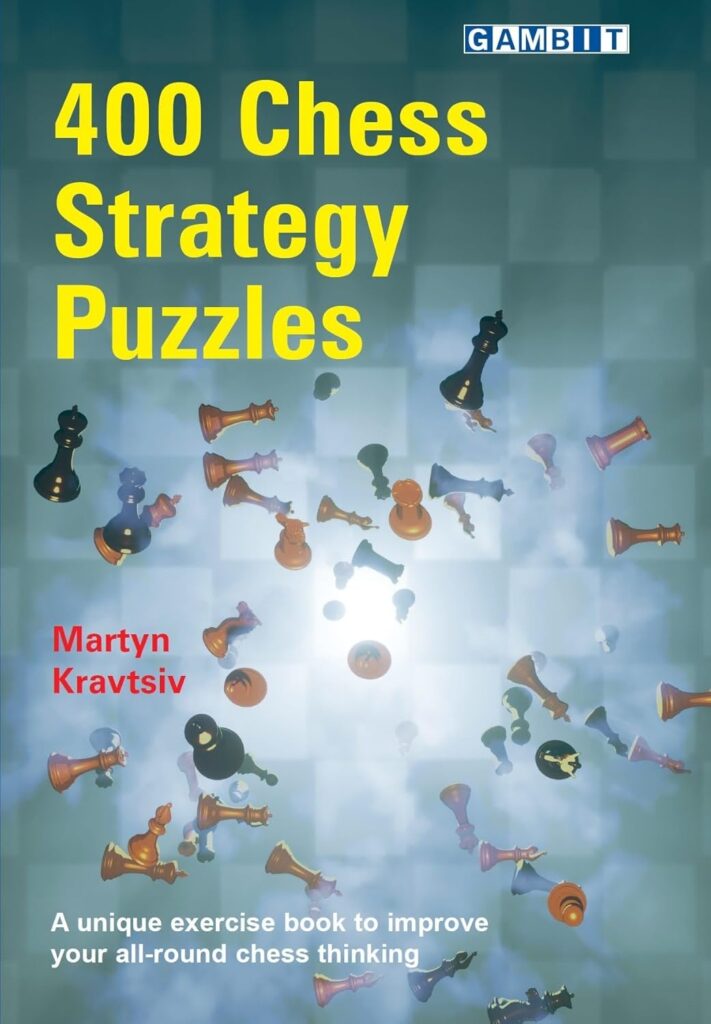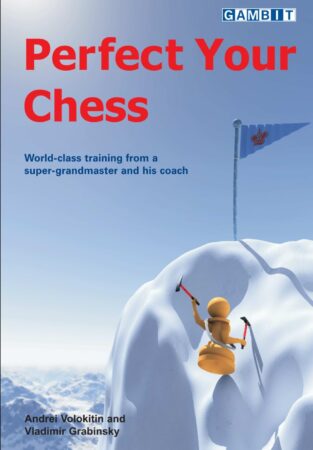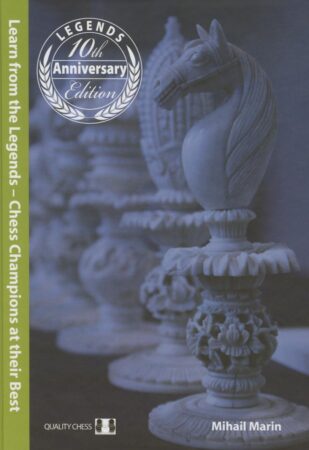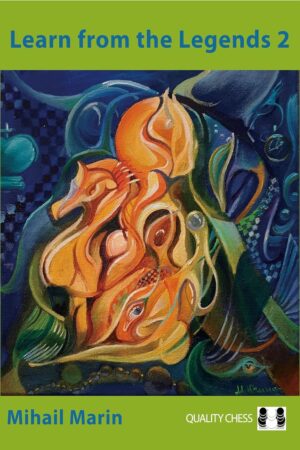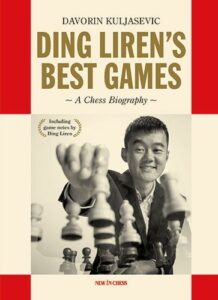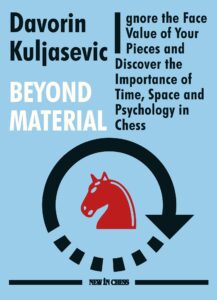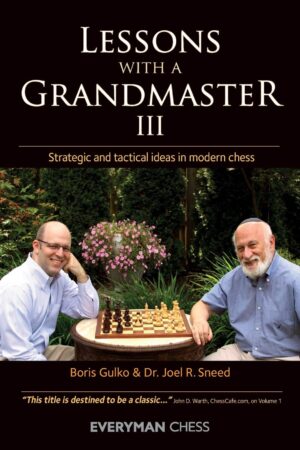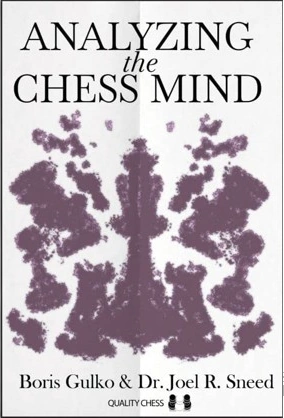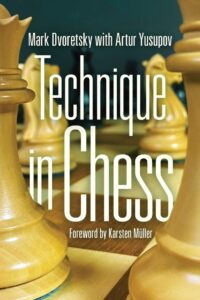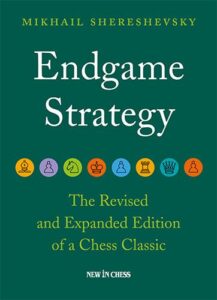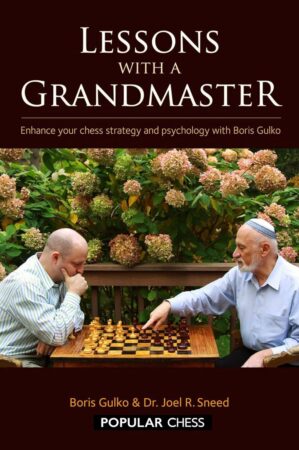Kravtsiv’s collection of 400 Chess Strategy Puzzles is an invaluable resource for advanced ambitious players. Unlike most puzzle books, this one does not focus on tactics and calculation. The problems presented are of positional and strategic nature exclusively, making it a rare resource for improving, planning, thinking long term, piece play, understanding pawn structures, and other positional concepts of vital importance. Kravtsiv doesn’t differentiate between positional play and strategic play, as he states in the introduction, so 400 Chess Strategy Puzzles actually covers both middlegame areas, despite its title.
The book features positions from recent games played on all levels, it doesn’t focus on Grandmaster play alone, which makes it very unlikely you’ll encounter a position you’ve already seen. It’s divided into three sections: Pawns and structure, Pieces, and Mixed themes. Each section is subdivided in increasing order of difficulty. The last section of each part is intended for players above 2400 FIDE. This makes 400 Chess Strategy Puzzles even more valuable. It’s a strategy puzzle book for advanced players. I think it’s the only one. Correct me if I’m wrong. That being said, most of the problems will be understandable for intermediate players too, as the author has provided hints for the most difficult positions, so readers can choose whether to use help if needed.
Now, the annotations. Annotations and explanations of the solutions are what makes or breaks a puzzle book in my opinion. Kravtsiv explains each position well, and annotates key parts of each variation. More analysis and text wouldn’t hurt in some cases, but, generally, he provides enough detail for advanced players, perhaps less so for those new to complex chess strategy.
400 Chess Strategy Puzzles trains your positional and strategic understanding. Unlike most puzzle collections, it will teach you how to improve your position gradually, by asking the correct questions, and “talking to your pieces”. Questions like which pieces should be exchanged, should you advance a pawn or play a certain pawn break, is leaving a square terminally weak justifiable if we get a square in exchange, and many others, will become easier to answer during your own games if you got through all the problems Kravtsiv has hand picked and use his advice on how to properly go over the book.
Strategic thinking and long-term planning may be the strongest areas of my chess. It’s also what I enjoy the most. I like planning in relatively static positions. So my completion rate while going through 400 Chess Strategy Puzzles was great. I got over 90% correct, and I enjoyed every position. I think I also learned a great deal. Comparing this book to let’s say Aagaard’s Calculation or Positional Play, I would say that Kravtsiv managed to put even less emphasis on calculation than Aagaard. That’s a remarkably hard feat. So, in a sense, his book is a better collection of purely strategic exercises. Whether it’s more or less useful, it’s hard to say.

